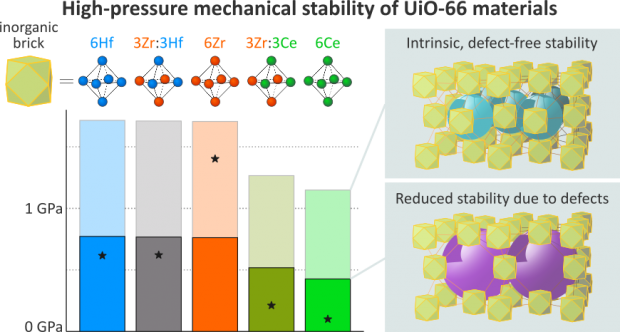Crystals springing into action: metal-organic framework CUK-1 as a pressure-driven molecular spring dagger
Abstract
Mercury porosimetry and in situ high pressure single crystal X-ray diffraction revealed the wine-rack CUK-1 MOF as a unique crystalline material capable of a fully reversible mechanical pressure-triggered structural contraction. The near-absence of hysteresis upon cycling exhibited by this robust MOF, akin to an ideal molecular spring, is associated with a constant work energy storage capacity of 40 J/gr. Molecular simulations were further deployed to uncover the free-energy landscape behind this unprecedented pressure-responsive phenomenon in the area of compliant hybrid porous materials. This discovery is of utmost importance from the perspective of instant energy storage and delivery.
 Open Access version available at UGent repository
Open Access version available at UGent repository
